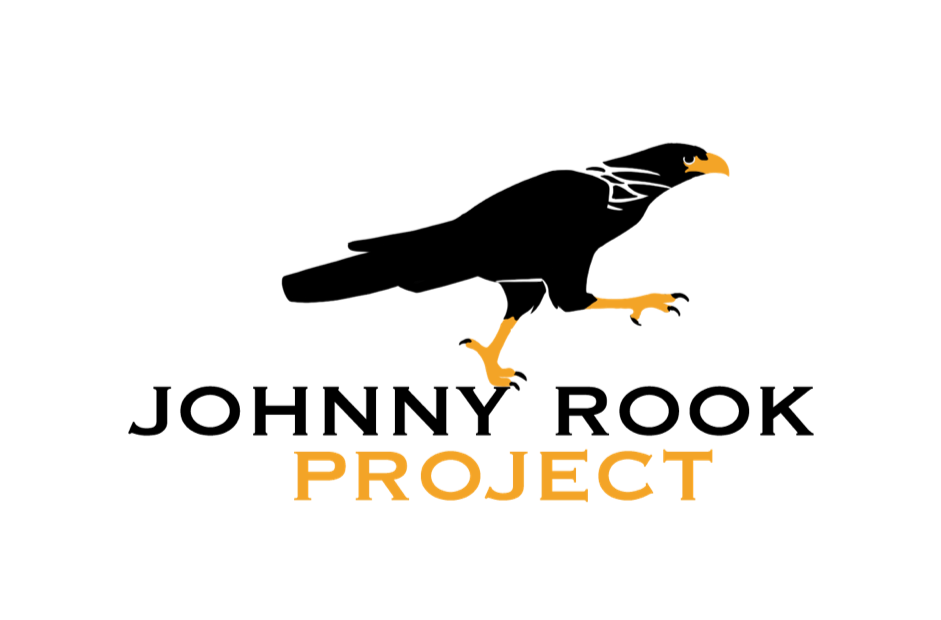About the birds
Striated caracara (also known as Johnny Rooks) are unlike other birds of prey. They’re in the falcon family, yet rather than perch, hunt, sleep, and repeat, they seem to have an insatiable interest in the world around them. They run on the ground—even dozens of meters—to investigate new things or people; they play with objects and with other caracaras; and they seem to continually hatch new ideas for how to eke out a living in the challenging Falkland Islands.
Darwin noted during his 1830s visit aboard the Beagle that striated caracara were “exceedingly common” throughout the Falklands, but fast forward to now, and they only inhabit the outer islands where humans are fewer. Darwin called them “mischievous and inquisitive” and “tame and fearless”, qualities that might have been exactly what’s needed to survive a harsh island life, but became a liability once livestock farmers arrived in the early 1900s.
Estimated species global range. The Falklands are thought to harbor the bulk of the population, however comprehensive surveys in the Fuegian islands are extremely challenging and thus lacking. Range map from Birds of the World (Cornell Lab of Ornithology, 2022).
Their global population, including those on the southern fringes of South America, is estimated at 1500 adults, and only recently have they gotten the attention of researchers trying to learn what this remarkable species needs to survive and just how they do it.
The IUCN Red List notes the urgent need for more research to understand and protect striated caracara, the southernmost raptors in the world, which has now become the mission of the Johnny Rook Project.







